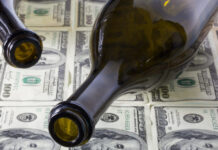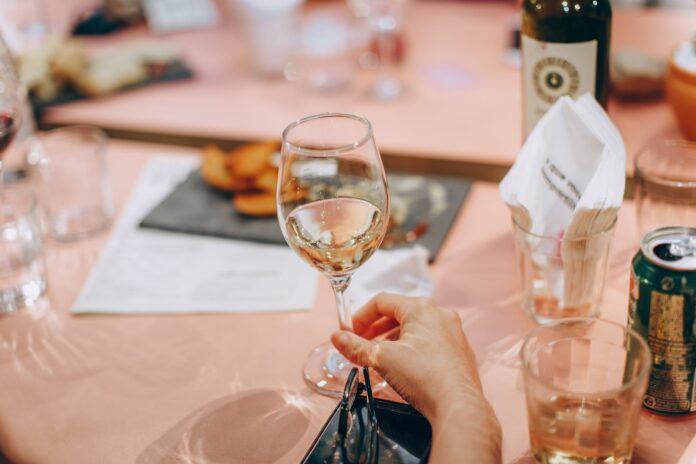
Summer is here, and though it’s probably not what we have all imagined and many plans needed to be canceled, it doesn’t mean that all good things are postponed. The sun is still here, and there’s no reason you shouldn’t be relaxing and treating yourself a bit. If you’re a wine lover along with your loved ones, this may be the perfect time to do some wine tasting on your own. Websites such as Acker Wines allow you to order wines (your already favorites or the ones you would like to try) without leaving the safety of your house. And we have prepared a short guide on the best wines for warm, summer weather.
In general, when you choose a wine for a hot day, you should look for several characteristics:

- Light body – to help people understand the difference, the wine’s body is very often compared to milk: full-bodied wine is very much like whole milk. So you can see why the light is better for a hot day.
- High acidity – a wine with high acidity is like water with lots of lemons. Citruses make your salivary glands water, making it hydrating and refreshing.
- Low tannin – reds are generally high in tannin, and this is what makes them so heavy and strong. These bitter, rough notes may be to the taste of many people, but they certainly aren’t suitable for hot weather when it’s easy to get light-headed.
Rosé wines
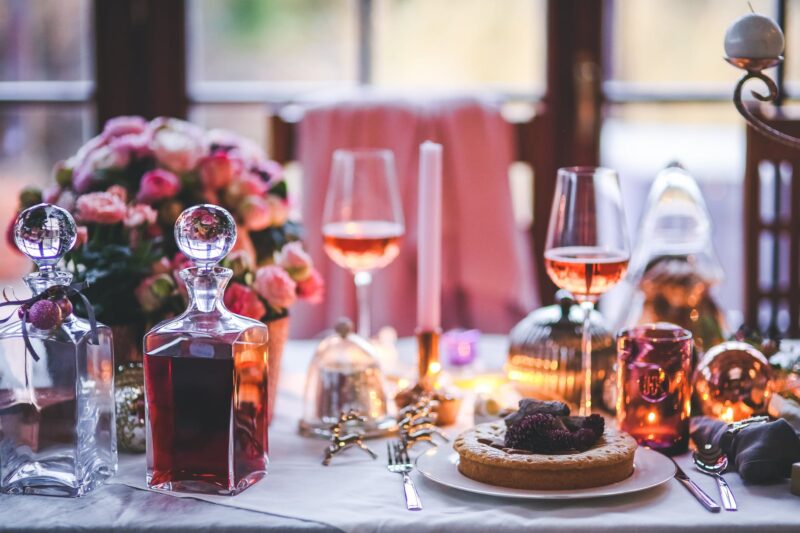
Because rosés are most often produced in the warmer parts of the world (e.g., south of France or California), they are light, crispy, and fresh; therefore, they are most frequently recommended for the hot weather. The Provence rosé is known and loved all around the world for its refreshing bubbles. Sparkling rosés, both dry and sweet (such as the famous Proseccos), constitute an especially popular choice. The Sangiovese rosé is more peachy and flowery.
Though it’s a common belief that wines get better with age, it’s not true for all of them, and especially not for the rosés that usually should be consumed a year, maybe two after their production. They are loved for their crispness and acidity, which are known to deteriorate with time. So when you choose a rosé, make sure you know the age of the bottle.
What’s more, dry rosés are also worth trying. A lot of wine lovers think about rosés as sweet wines, but fruity doesn’t always mean sweet, so don’t be afraid to experiment a bit, especially if you’re a fan of the dry. For example, many people seem to enjoy the Pinot Noir rosé, which is more on the dry side.
White wines
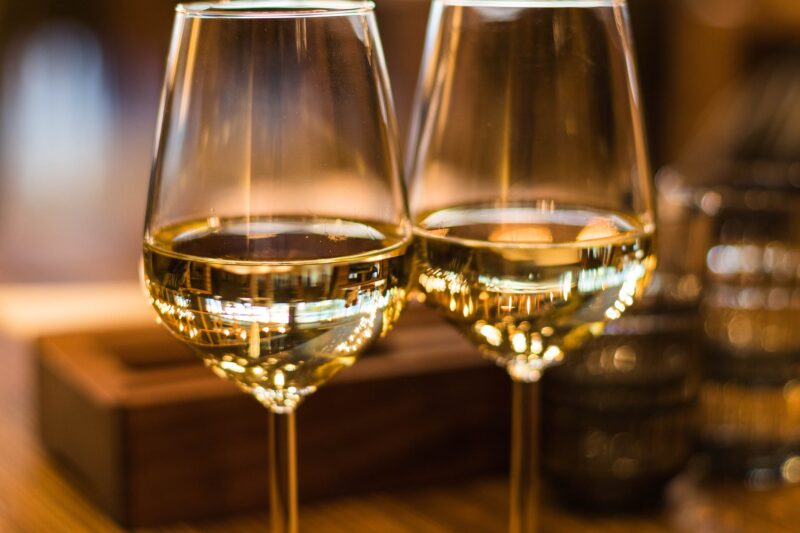
A refreshing glass of cold white wine on its own or mixed into a spritzer is a perfect drink for summer. If you want something fresh, you should opt for a dry one with high acidity and light or medium body. If you absolutely can’t stand the dry (though even the driest white is not as dry as high-tannin reds), make sure your sweet choice has the other characteristics.
Peaches and honeycomb add a bit of fruity sweetness even to the dry wines that can be a great addition to a summer dinner consisting of seafood (e.g., Pinot Grigio) or meals based on cream. For example, Riesling goes well with many different dishes, and it comes in both sweet and dry versions.
One of the most popular choices is Sauvignon Blanc, which is the perfect mix of high acidity and softness, as well as creamy and spicy tastes. It may seem very intense, but it’s the popular choice of many wine lovers, both the dry and the sweet fans. Another option is a refreshing Albariño with the very subtle tastes of buttercup, peach, and salty brine.
Red wines
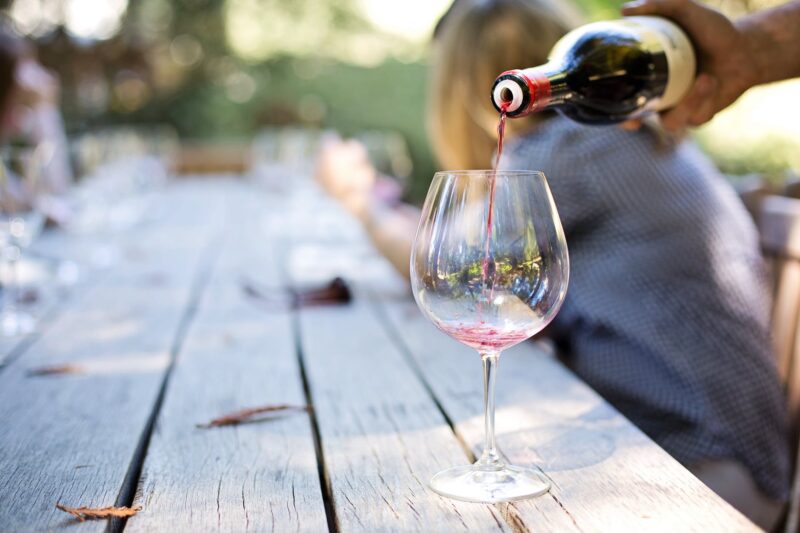
When you look for a light, refreshing wine for a summer day, you probably don’t think about reds in the first place. They are indeed most likely to be heavy, full-bodied, and strong, but it’s not impossible to find something different if you are an enormous fan of the red, and you don’t want to give it up in the warm weather.
To avoid weariness, light head, and dehydration, look for reds with higher acidity and low tannin levels and serve them chilled. It’s especially important to find the right wine because a lot of reds don’t taste well when cold.
For example, Cinsault is surprisingly fruity and flowery for red wine, but it tastes great if served chilled on a hot day. Frappato needs to be only lightly chilled, but it’s incredibly light and easy to drink. Pinot Noir is very fruity and very often chosen for barbeques, while Lambrusco di Sorbara is sweeter and bubblier.
The serving temperature
Light dry whites and rosés and sparkling wines should be served at 40° to 50° F so that they can stay fresh and fruity. Chilling will keep bubbles fine, and sweetness preserved.
Full-bodied whites and fruity, light reds should be served at 50° to 60° F. Depending on the type, the temperature will refresh the taste or keep the rich aromatics.
Full-bodied reds and ports should be served at 60° to 65° F to keep the tannin intense and ease the bitterness.
Enjoy your wine!
If you’re only just beginning your adventure with wines, it may be helpful to keep notes of what you like and don’t like. It will help you to choose your wines better in the future. There really is nothing better than a good wine served cold on the hot, summer day. Of course, as long as it’s your day off! Trust your taste buds and enjoy!



